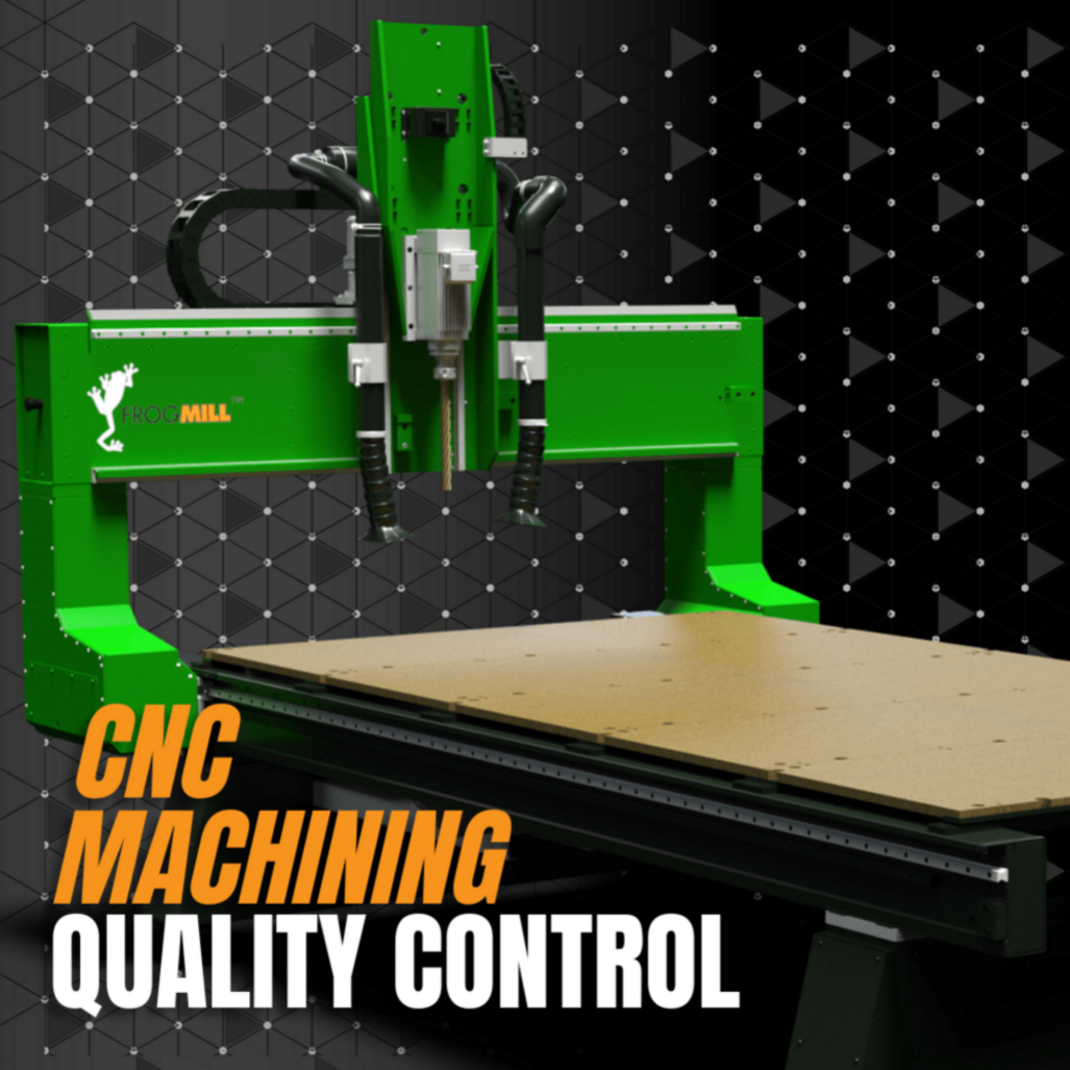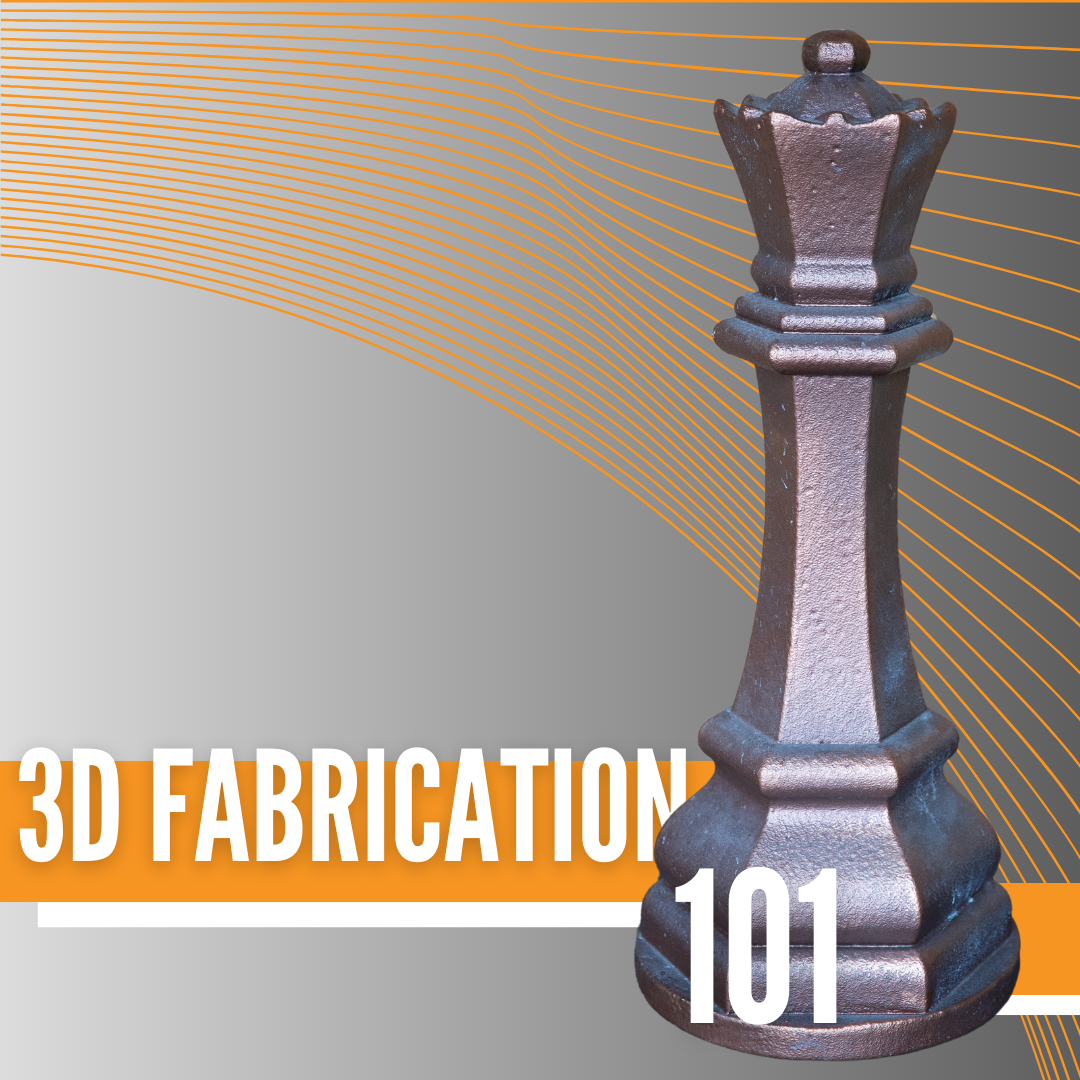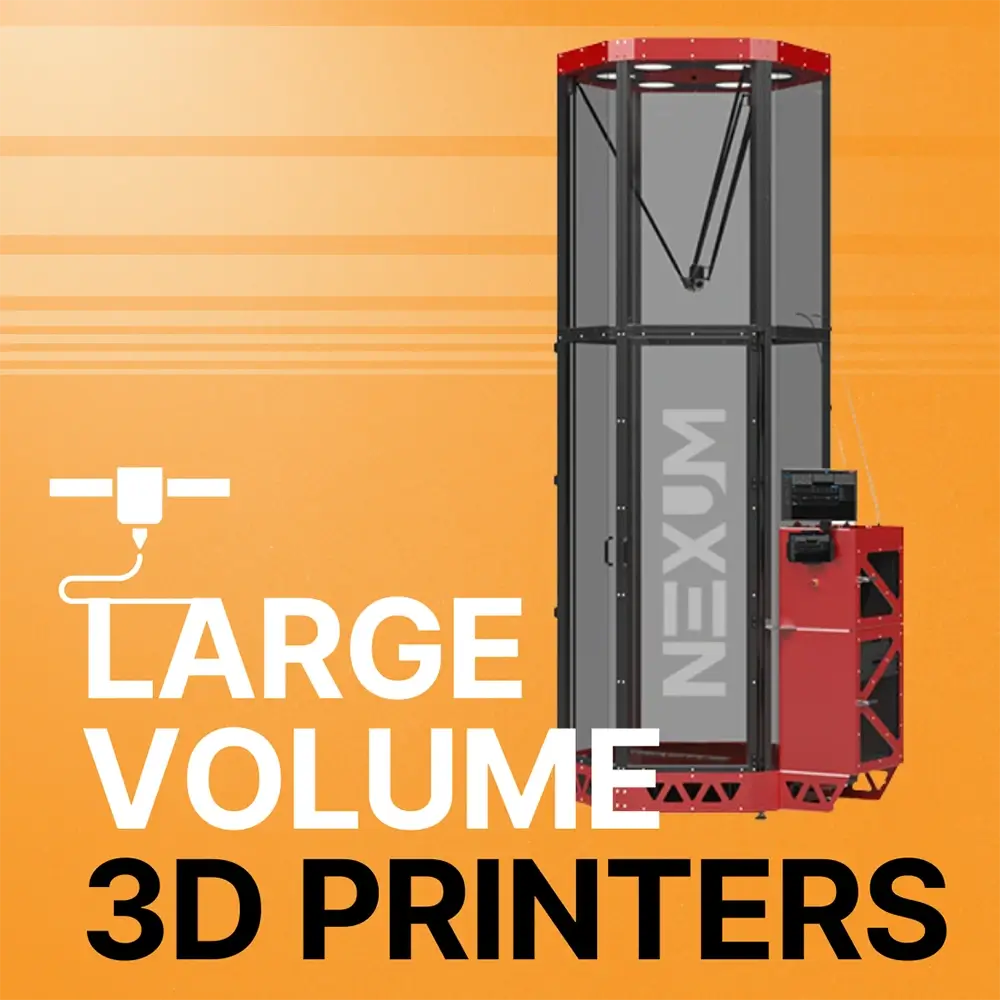Table of Contents
Foam is a valuable material in the world of CNC machining, as it is both a versatile and economical material choice that can be machined easily with the proper CNC tools and equipment. Whether foam is used for prototyping, mold-making, product packaging, artistic creations, or various industrial applications, foam’s unique properties and the precision of CNC automation render it an essential element in today’s manufacturing and design processes. Foam is available in large blocks, is quick to process, lightweight, and cheaper than alternative materials such as wood. Cutting foam with a CNC router is a popular and versatile process that offers the ability to precisely shape and carve foam materials for use in several industries. Read ahead to learn more about cutting foam with a CNC automated router.
1. What Kinds Of Foam Can Be Cut With A CNC Router?
The following is a list of foam varieties that can be milled with a CNC router:
EPS (Expanded Polystyrene): EPS foam is the most common and is used widely in the packaging industries. It is available in various densities, however, it is always comprised of expanded beads. EPS foam is lightweight and a cost-effective option which is often utilized for creating architectural models and is also commonly used in the construction industry. EPS densities are rated by a number System and the general rule of thumb is that the higher the number, the denser the material. Depending on the desired result and use of the part, various densities may be recommended.
HDU (High-Density-Urethane): HDU is a type of foam board specifically designed for signage and carving and can be CNC routed to create intricate and unique 3D signs and sculptures. This is a common option and is available in a much wider variety of densities. HDU is a closed cell foam material, so it will machine cleaner and hold tighter details than EPS can – making it a popular choice for tasks where surface hardness and product longevity are a concern, like mold making, or prototyping. Depending on the needs of a given project, HDU may be the best option. HDU holds tighter details and when pulled off the machine requires little to no hand finishing/sanding compared to EPS.
Polyethylene Foam: This foam variety is commonly used in the packaging industry when parts require cushioning as well as protection. Polyethylene foam is well-known for its excellent shock-absorbing properties. Creating custom designs with polyethylene foam ensures that the foam fits perfectly around the item which ensures the utmost protection.
Polyurethane Foam: Polyurethane foam is a versatile material and is offered in various densities which makes it a suitable choice for a wide range of applications. Polyurethane foam is used as cushioning in bedding, furniture, automotive interiors, and carpet underlay.
2. Which Industries Is Foam Used In?
Foam is being increasingly utilized in several industries. It is quickly becoming a major component of architectural and design elements and is used as the core for many structures that you see on a daily basis.
2.1. Building Envelopes
Foam core foundation walls are becoming more commonplace in building industries where foam can provide added insulation and support to prevent settling. In addition, foam insulation is crucial for maintaining energy efficiency in buildings. Foam can be cut into custom insulation parts that ensure a perfect fit for every piece which reduces energy loss and strengthens insulation performance.
2.2. Construction, Architecture, And Design
The construction and design industries utilize glass fiber reinforced concrete, or GFRC, to strengthen foam surfaces. This technique involves creating complex and lightweight architectural elements by using foam as the core and then applying a thin coating of GFRC to the foam surface, which makes the final products lightweight and much less expensive to produce. The foam core makes the end product significantly lighter than concrete which simplifies the transportation and installation process. The use of foam as a substrate reduces material and labour costs, making it an excellent choice in construction applications.
2.3. Signage And Display
The use of foam allows the creation of intricate and eye-catching logos, displays, and foam letters for advertising and marketing projects. Large event signage and displays are created quickly and effectively with eye-catching details to make your signs come to life in a world of 2D printed advertisements and displays.
2.4. Aerospace Industry
When used in the aerospace industry, foam can be carved and shaped to produce lightweight prototypes, insulation, and components utilized in aerospace applications.
These are only a few examples, and the versatility that foam can offer your business is instrumental in creating many opportunities to increase and expand your production capabilities in various industries.
3. How Does A CNC Router Cut Foam?
An automated processing system like a CNC router utilizes computer generated tool paths to drive the motion of a cutting tool. With these capabilities, CNC routers can offer more effective cuts than manually-controlled routers, with a significant increase in productivity and efficiency. CNC routers are able to generate an exceptional variety of customized parts with accuracy and precision, and the automation process provides ease of operation and offers results such as improved production capacity, less waste, repeatability, and safety. When programmed, a single set of prompts can complete three-dimensional cutting tasks for a variety of materials.
When cutting foam with a CNC router, CNC routers require bits, and these bits shape the carving type, resolution, and material. It is important to note that, without the right bits, even the most advanced CNC router won’t be able to reproduce your intended file. CNC machines have unlocked all kinds of artistic and creative possibilities and the correct bit will determine if you will end up with a perfect or mediocre finished part. In addition, it makes a difference in material management and costs significantly. The bit is utilized to extract foam material in a specific way, and previously, routers used to be handheld tools that were guided by templates or ball-bearing pilots, and were used manually around the workpiece. With the use of CNC machines, however, routers are now controlled using motors that accurately follow a computer generated toolpath.
One of the biggest advantages and strengths of CNC automation is repeatability. It allows one to keep the design elements identical and consistent when required. There is always some room for error with manual processes since every product can vary due to human error and inaccuracies. CNC machining allows for the production of uniform products and outputs, and can perfectly match the design specifications each time they create a part. After you are satisfied with the design, toolpath, and final product, it is easy and straightforward to repeat the process. You will still be able to rely on the design file being exactly the same as it was many years ago when you first accessed it. Since CNC automation uses mechanical motion and digital information, you will never have to worry about the system going off on a tangent while it is busy cutting your replica and executing your files. It does what you tell it to do, and only that!
4. Bring A Wild Idea To Reality Using The FROG3D® System
By using the FROG3D® family of systems and software, you can bring any wild idea to reality by using simple, quick, and hassle-free processes!
4.1. FROGMill™
CNC milling systems have no trouble milling foam, regardless of the foam type. The FROGMill™ stands out in the industry because it was built specifically to machine foam – it has a large processing envelope, utilizes long tools, and comes with a rotary axis. It is the industry’s most powerful 4-axis CNC foam carving router and will help you accomplish intricate and seemingly impossible carving tasks effortlessly.
When used with foam, it is possible to complete large projects in a single piece instead of slicing and assembling multiple layers of a project. You can develop intricate and detailed designs like never before with the FROGMill™. The changes in architectural details and design are evolving into flowing and curving surfaces, which is something our machines can easily produce, replacing the time-consuming task of laying out intricate formwork. In addition, skilled labour for building these intricate forms is becoming more difficult to find, so automation is the next sensible step to accomplish these tasks long term.
In addition, tooling decisions such as climb vs. conventional milling can really affect the quality of your machined part. The FROGMill™ is sturdy and solid, but the combination of soft materials like foam and tiny vibrations of a long tool can add up. The software that we include with your FROGMill™ systems has great tools for overcoming this challenge in a quick and repeatable way.
4.2. FROGTools™ And FROGTools™ Sheet Goods
Streamline Automation’s FROG3D® line of FROGTools™ and FROGTools™ Sheet Goods are specialized router tools for all your cutting needs.
FROGTools™ are durable and made specifically for milling EPS and polyurethane foam, including regular and tapered cutters in ball end and end mill styles. These router tools are the only CNC foam tools that allow you to accomplish depth and precision for your foam carving applications. The standard FROGTools™ for foam are available in flat bottom and ballnose profiles. It is important to note that EPS foam is forgiving when it comes to tooling, so you will not go through machining tools nearly as often as you would with materials such as metals or heavy wood ensuring that your tooling will last through many projects to come.
Long tools significantly help with organic geometry, but considerations regarding the tools’ load against the material always need to be made. Foam will not snap a tool like wood or metal might, but regardless of this, there are other challenges such as poor surface quality, tool slippage, and deflection. Since each foam material differs in density, thickness, and usability, tooling and machine settings must reflect what you are trying to achieve. When we discuss router bit options and varieties, this refers to the cutting edge of the bit since that is the most important part of the bit that will help shape your final product.
If you are trying to cut denser foams like some variations of HDU, using standard wood milling tools provided in the FROGTools™ Sheet Goods will allow you to achieve tighter details. You can also use chamfer bits, flywheels, or engraving bits as required.
Making the right material and tooling decisions is the first step of the process of milling foam. The experienced technicians at Streamline Automation look forward to teaching you how to make those decisions.
4.3. FROGSkin™
The FROGSkin™ is our electric spray system for applying polyurea and other protective coatings, and it is the perfect solution to achieve durable, smooth, or textured finishes. The FROGSkin™ can be applied and painted to mimic any desired surface material, and this makes it an even more suitable process regardless of your industry. The FROGSkin™ has been developed and engineered with the industrial environment in mind. In conjunction with the FROGCoat™ line of coatings, the FROGSkin™ can be applied on foam to increase your foam products’ longevity with its waterproof and UV-stable characteristics which can withstand harsh elements such as snow and rain.
Conclusion
Not only does Streamline Automation have the tools you need, but we also have the strategies and skills to pass on to you so that you can be as confident in your machining processes as we are! Our skilled team of experts can provide you with experience, innovation, and out-of-this-world support services to make sure you receive the best tools,equipment, and training to tackle your next project.
We work with our clients to take their businesses, production processes, and products to new heights and we measure our success by how successful our clients are. Streamline Automation will handle every feature of the customer experience in-house including product demonstrations, installation, training, and support to provide reliable equipment solutions for your unique needs. Our comprehensive approach is as unparalleled as the companies we work with, and this translates to exceptional business growth for our clients! With cutting-edge technology, industry-leading training and support, and commercial-grade construction, FROG3D® will fill the gap between your creative ideas and production needs. Contact us today to learn more about enhancing your production capabilities and how to expand manufacturing possibilities with a fully automated and end-to-end foam-processing system.




